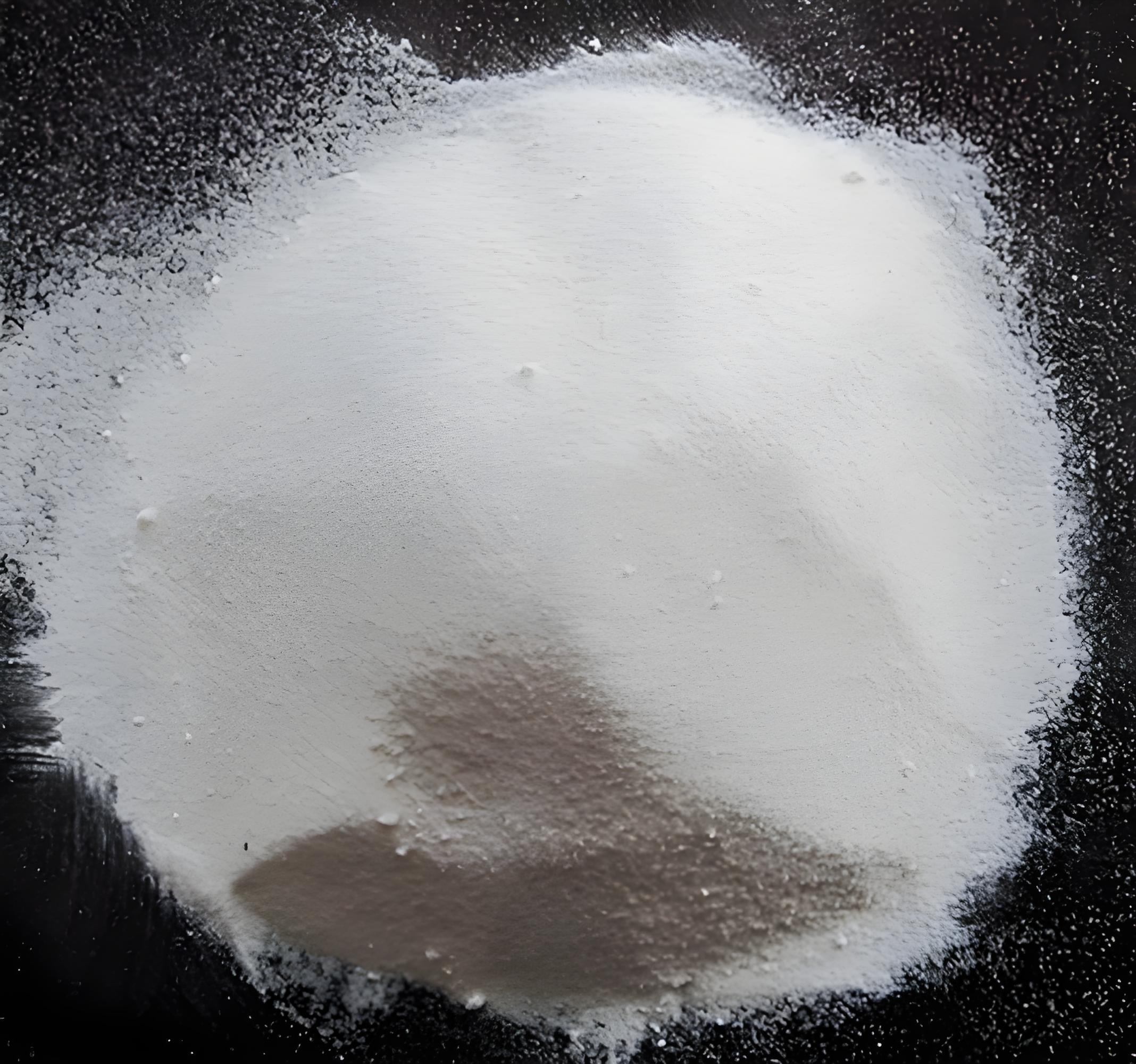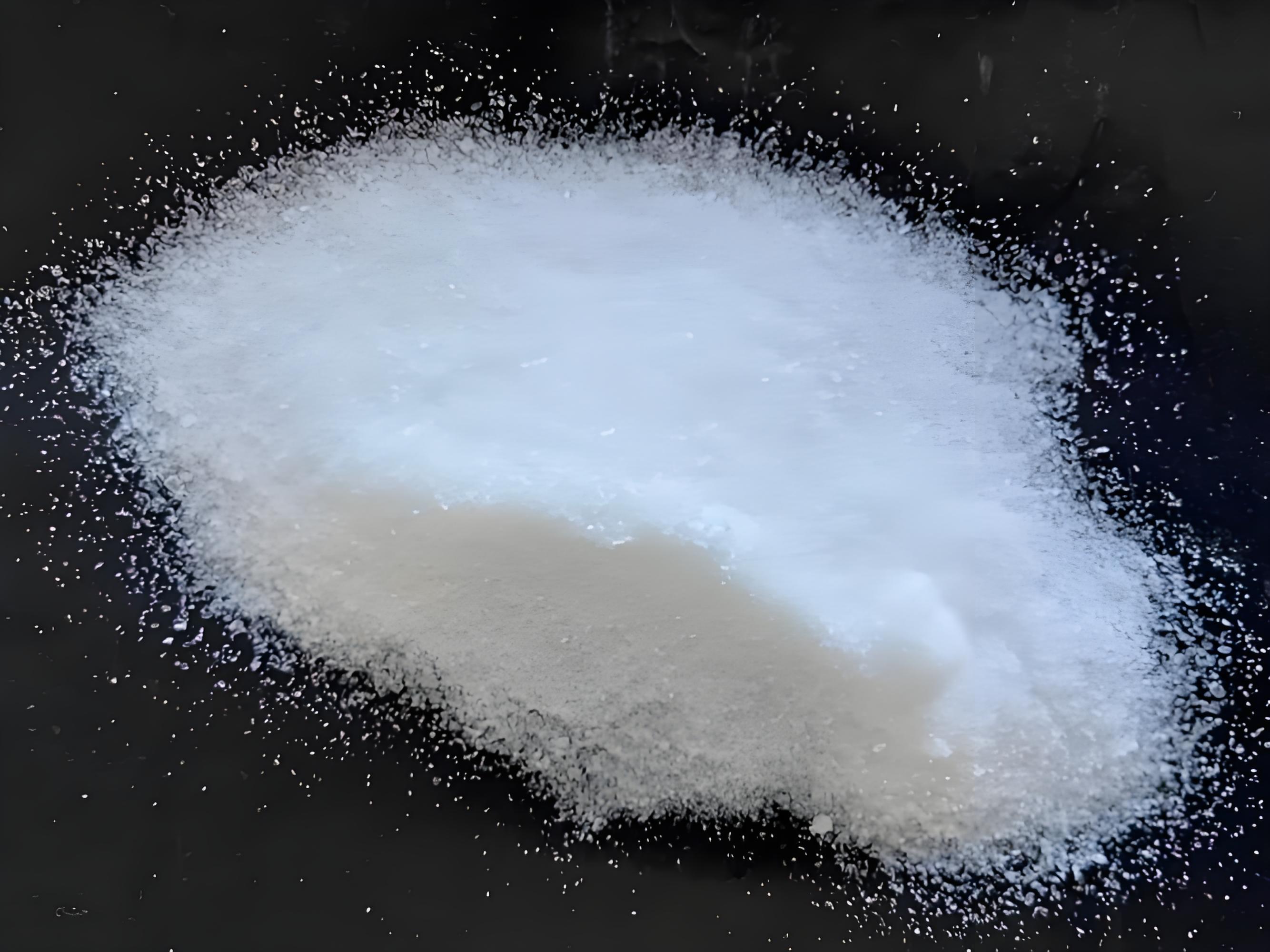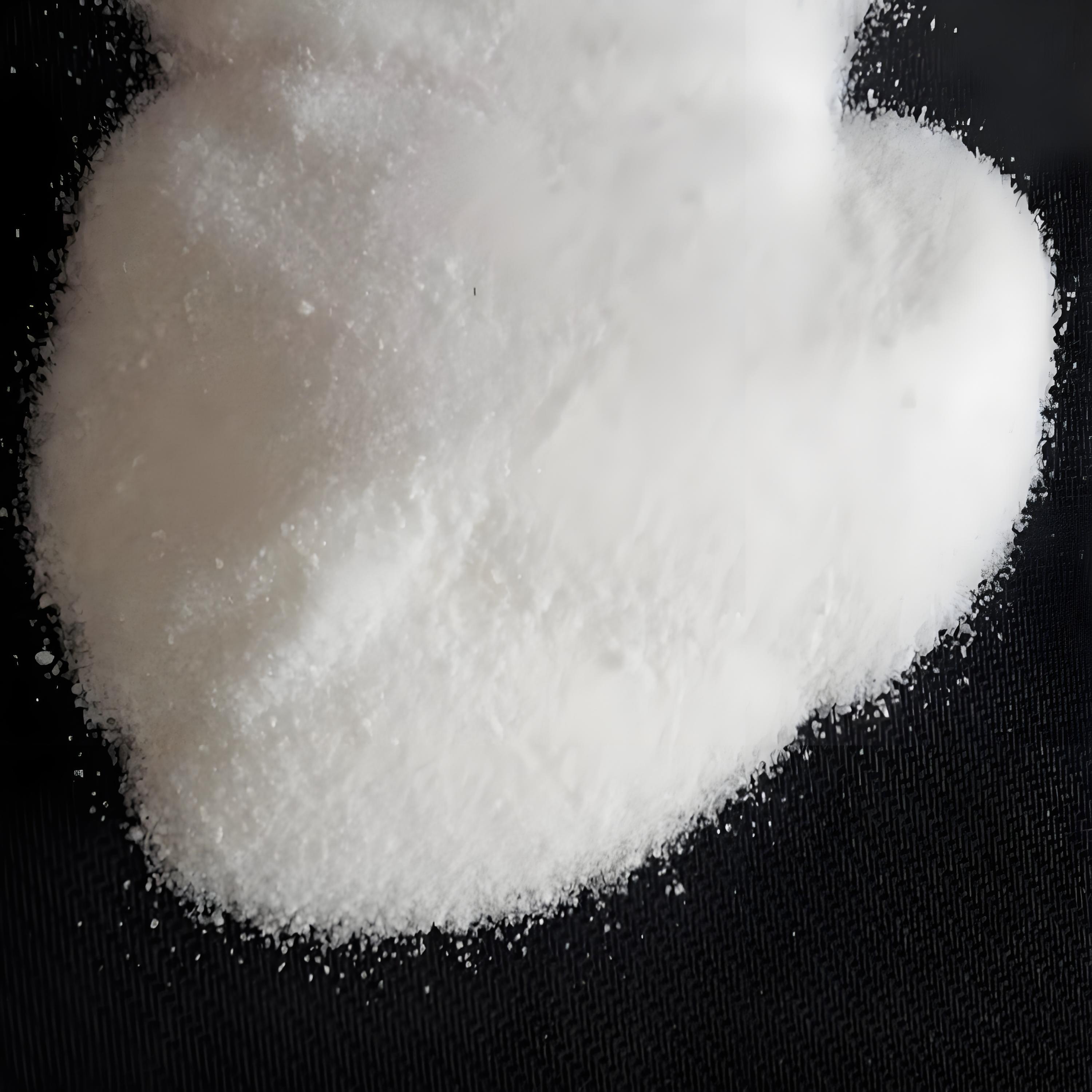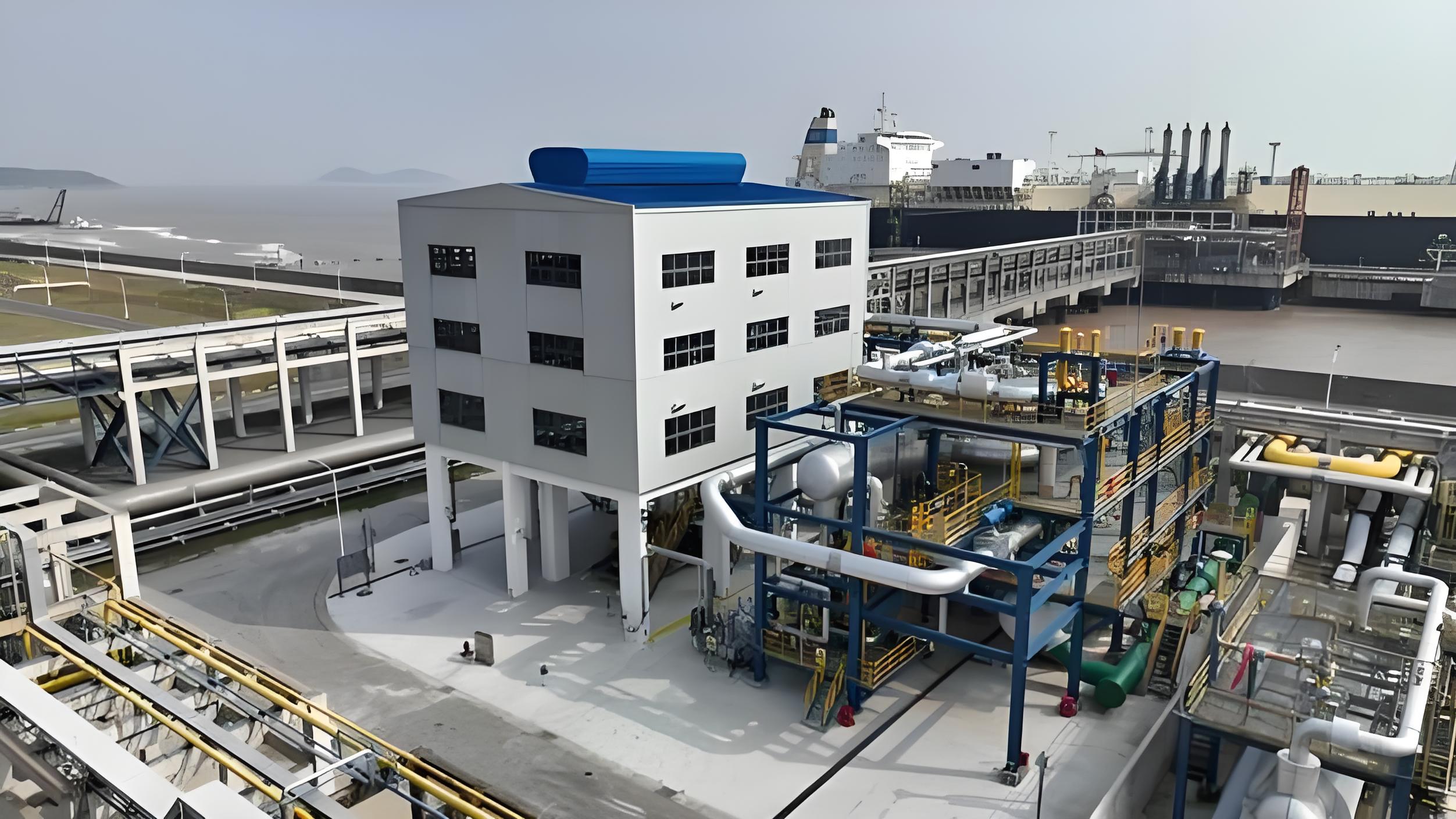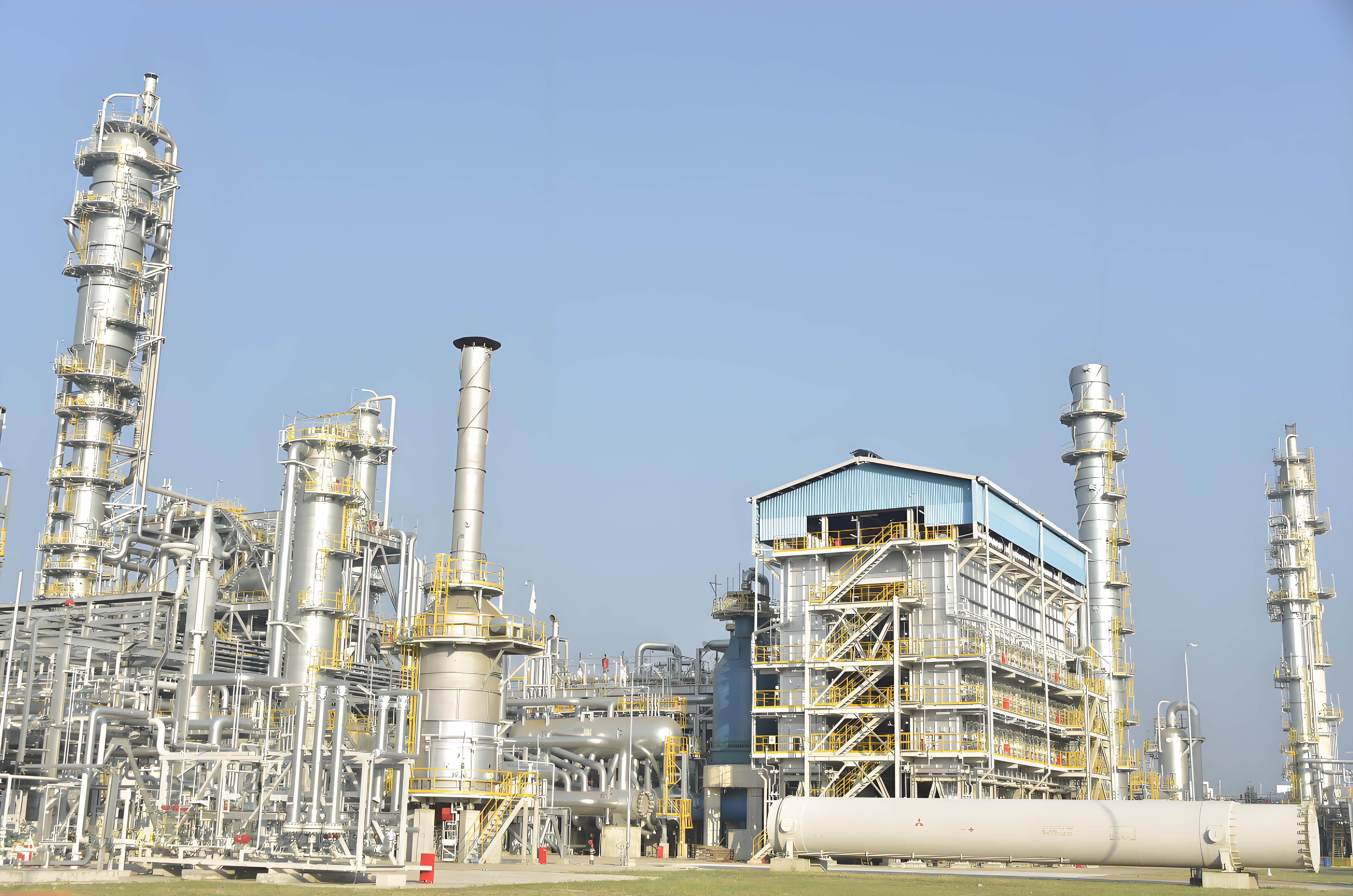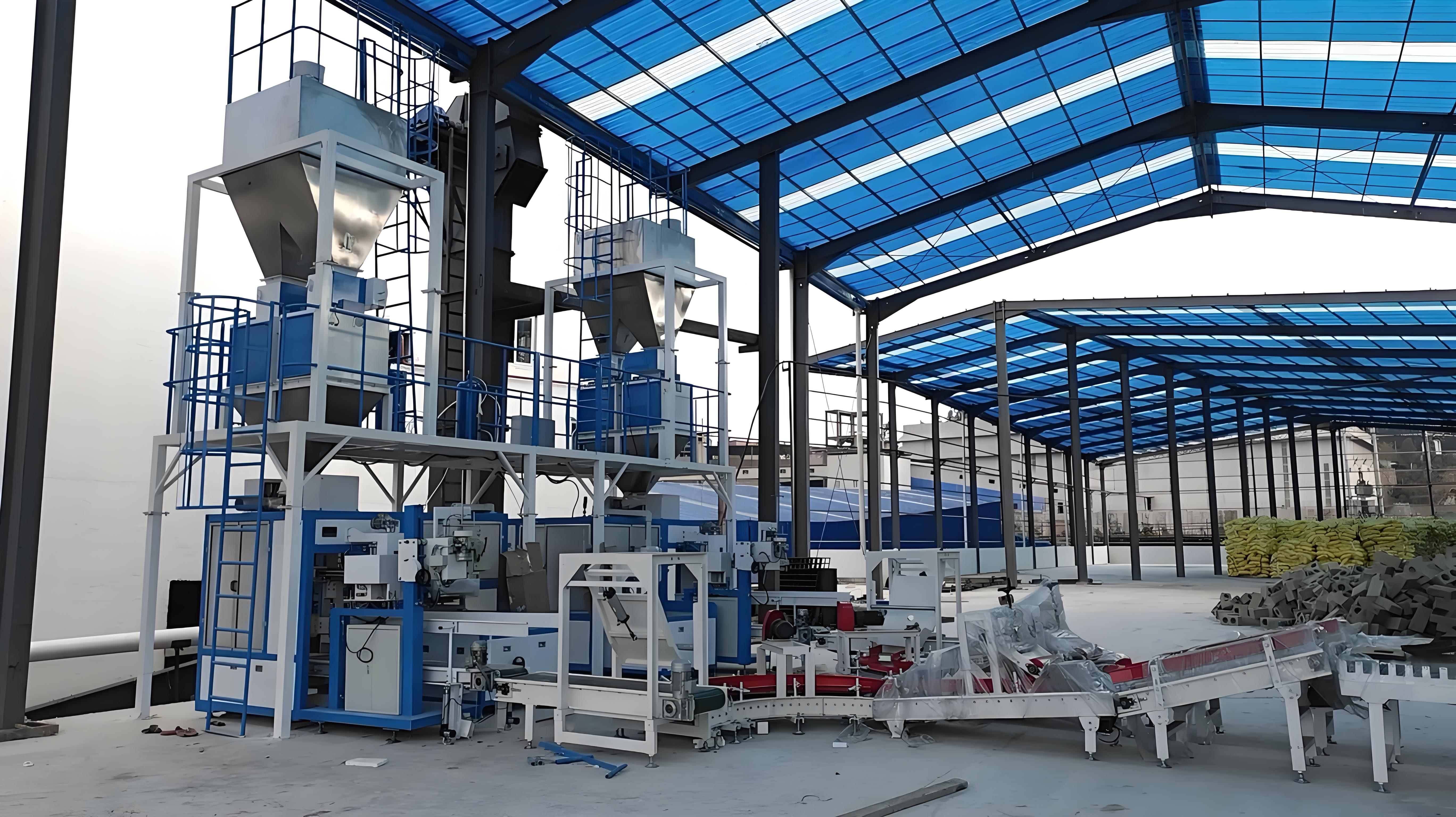Potassium nitrate and potassium sulfate pneumatic conveying
On site photos of potassium nitrate and potassium sulfate, Dongkai Company provides feasibility analysis, process design, engineering equipment, commissioning, and installation turnkey engineering services for the pneumatic conveying system of potassium nitrate and potassium sulfate materials based on actual usage conditions on site
Potassium sulfate and potassium nitrate are common potassium fertilizers, both appearing as white crystalline particles or powders that are difficult to distinguish directly with the naked eye. From a planting perspective, there are significant differences between the two fertilizers in terms of composition, usage, and effectiveness, which need to be scientifically selected based on crop needs and soil conditions.
Compositional differences
The chemical formula of potassium sulfate is K ₂ SO ₄, with a potassium content of about 50% and a sulfur content of about 18%. The chemical formula of potassium nitrate is KNO3, with a potassium content of about 38% and a nitrogen content of about 13%. Potassium nitrate contains both nitrogen and potassium, making it a binary compound fertilizer, while potassium sulfate is a single potassium fertilizer.
physical property
Potassium nitrate has a higher solubility, dissolving 31.6 grams per 100 grams of water at 20 ℃, making it suitable for foliar spraying or drip irrigation; Potassium sulfate has low solubility and can dissolve 11.1 grams at the same temperature, making it suitable for soil application. Potassium nitrate has strong hygroscopicity and is prone to clumping after opening, so it needs to be sealed and stored; Potassium sulfate has little hygroscopicity and is more convenient to store.
